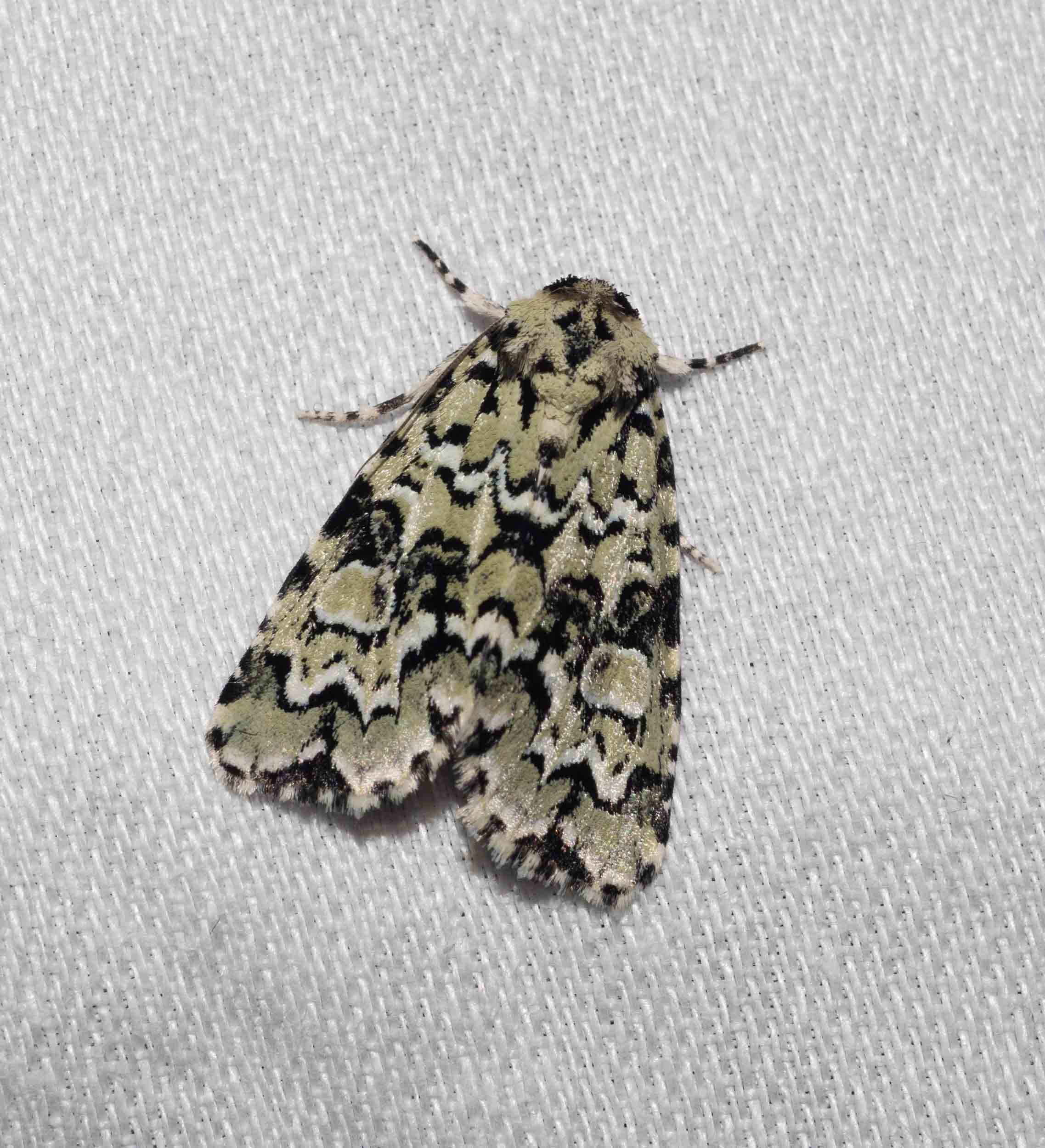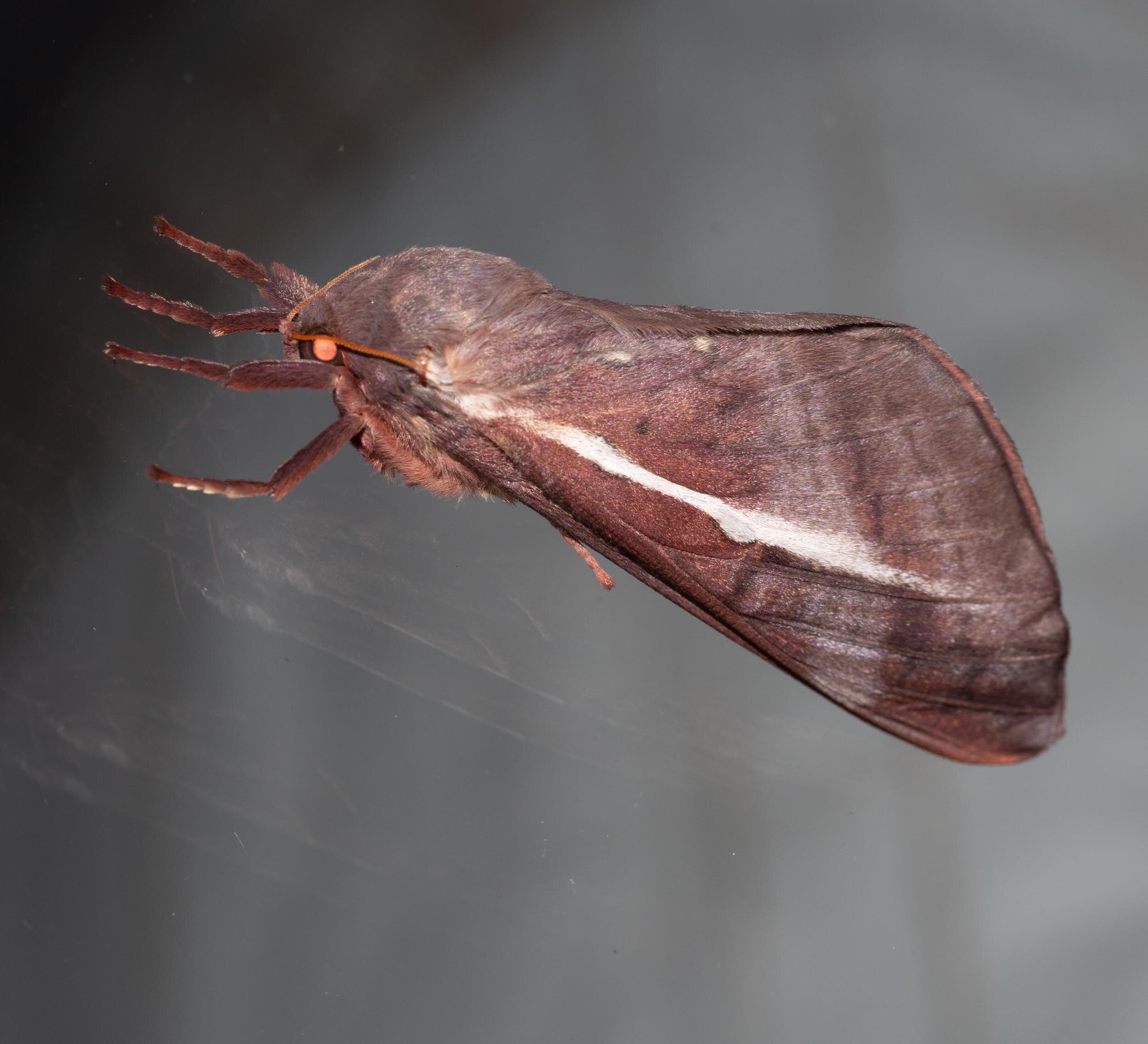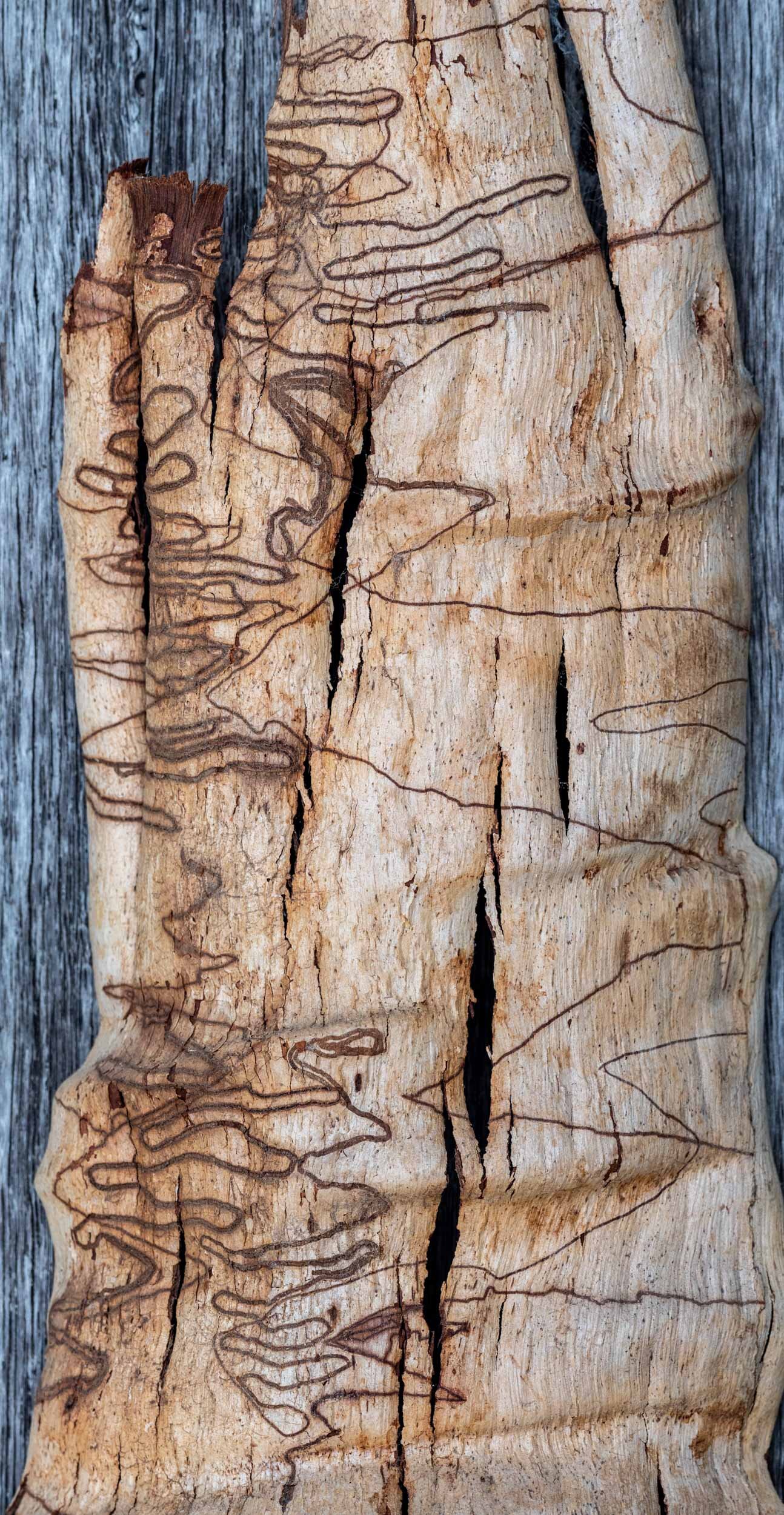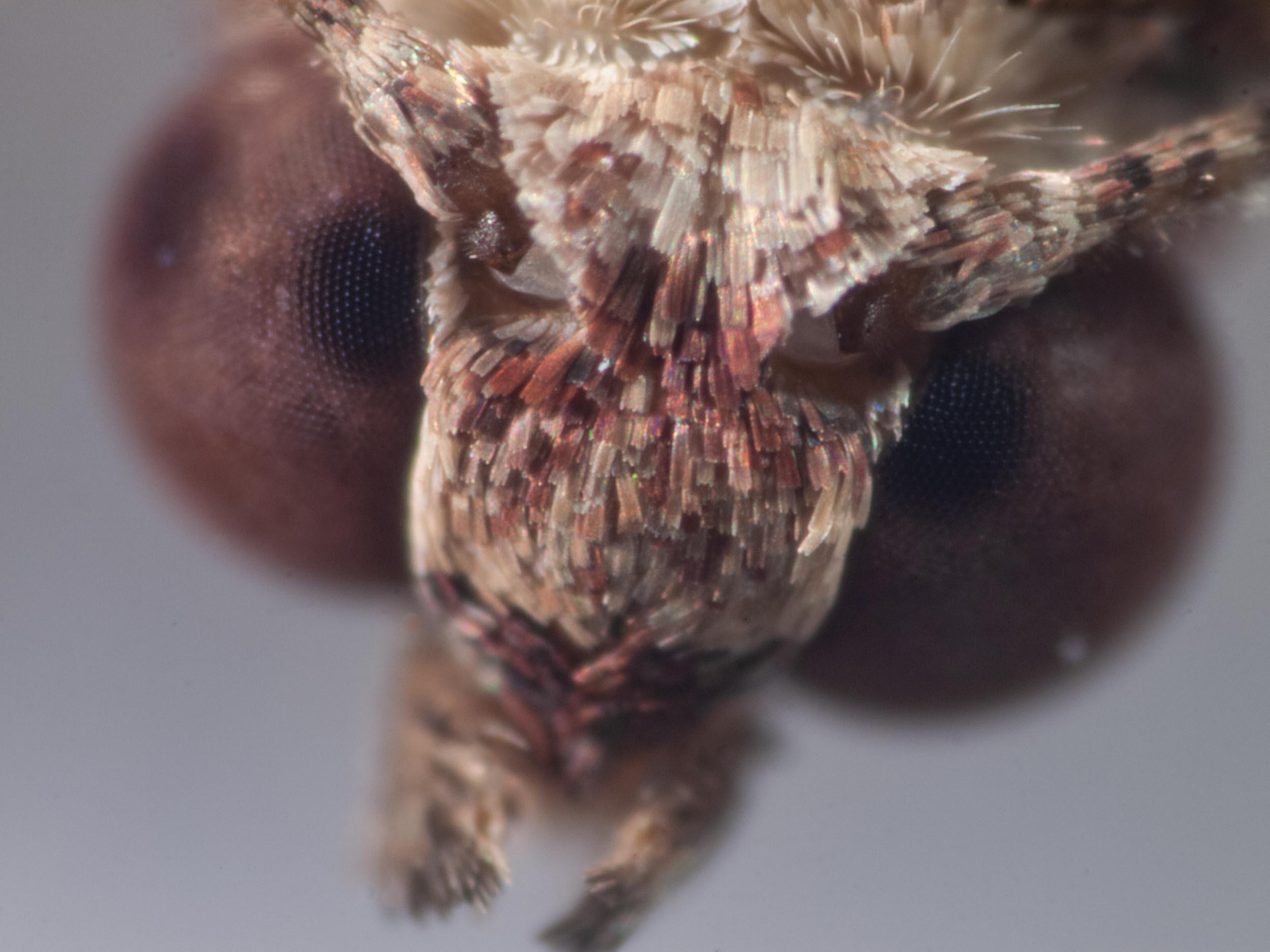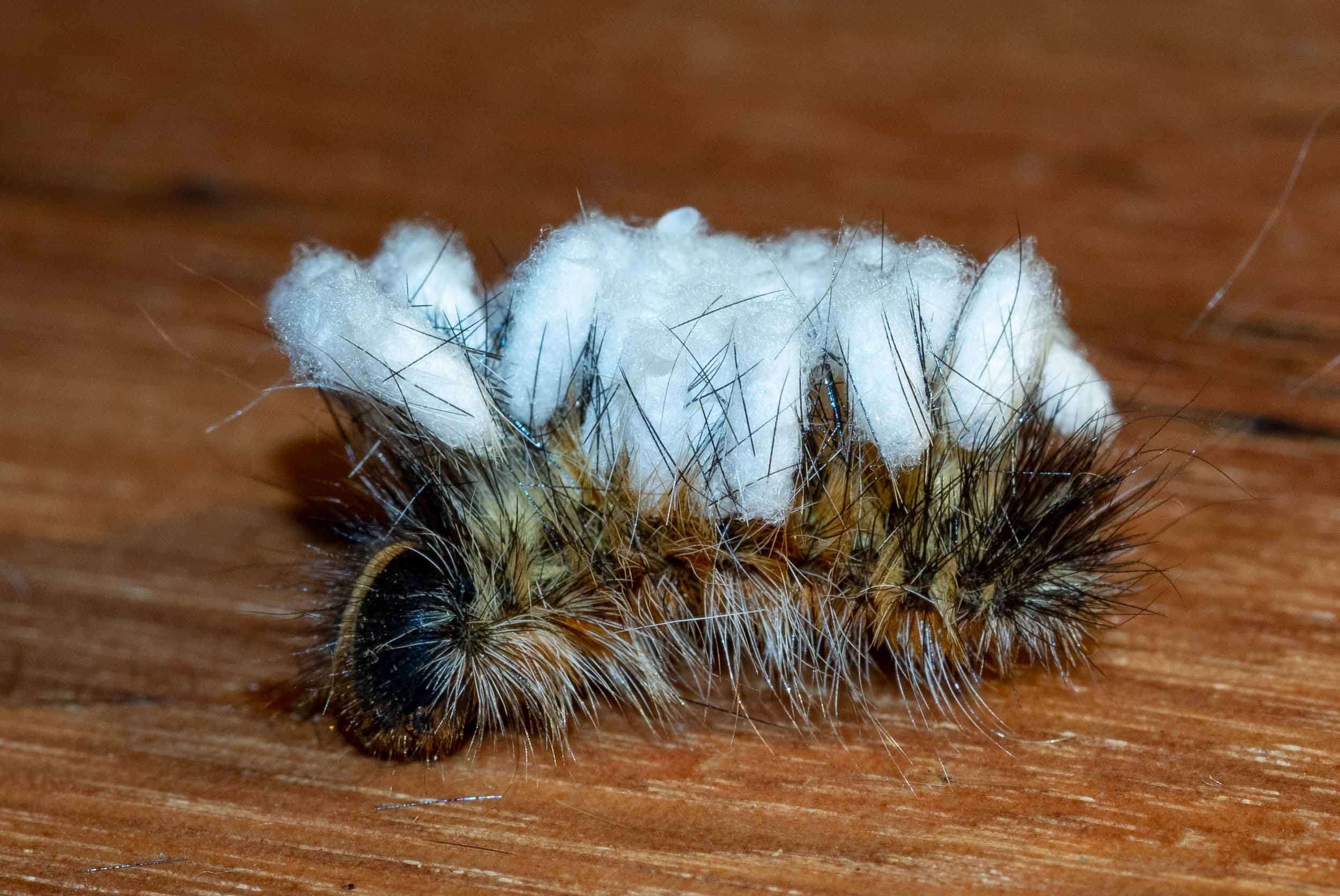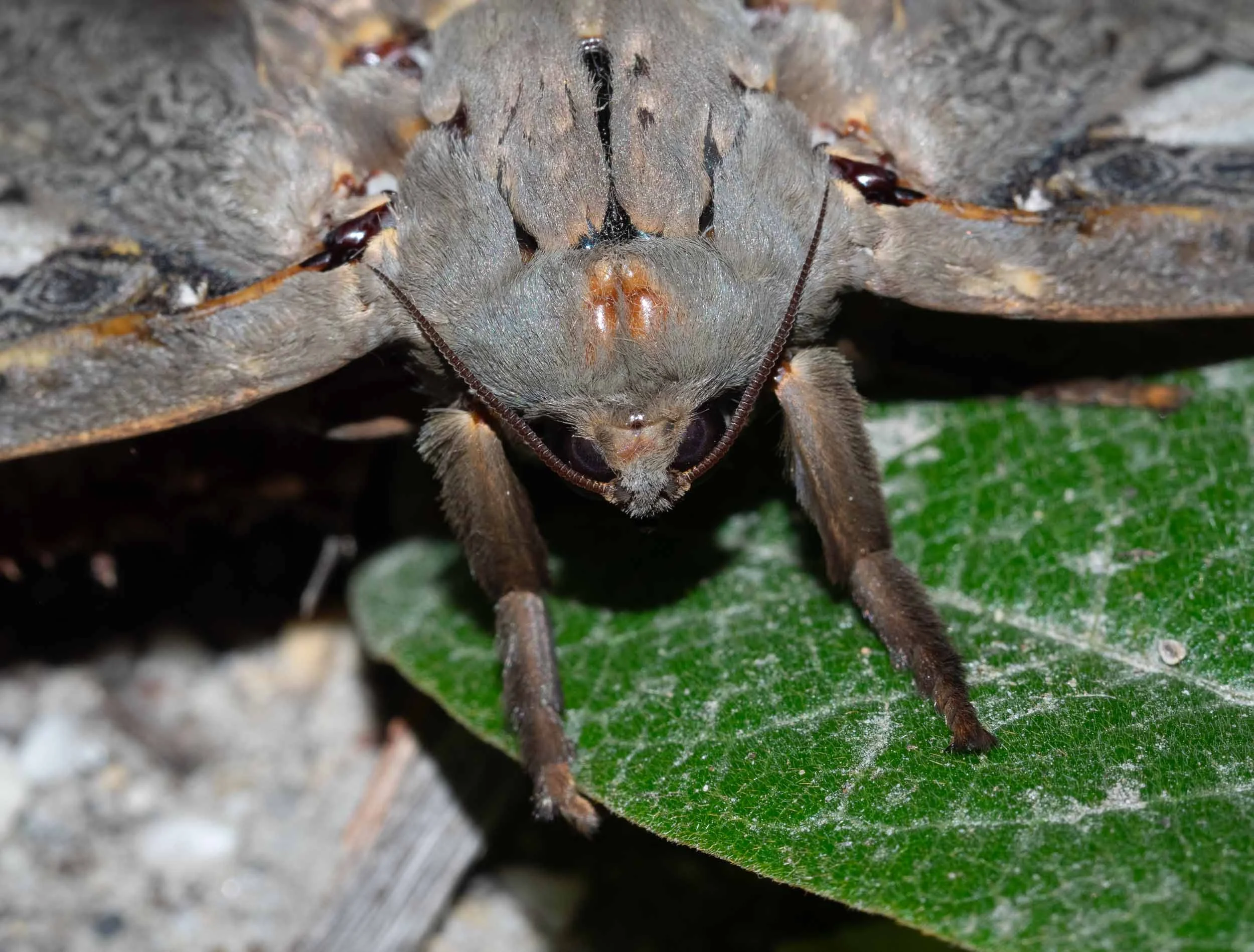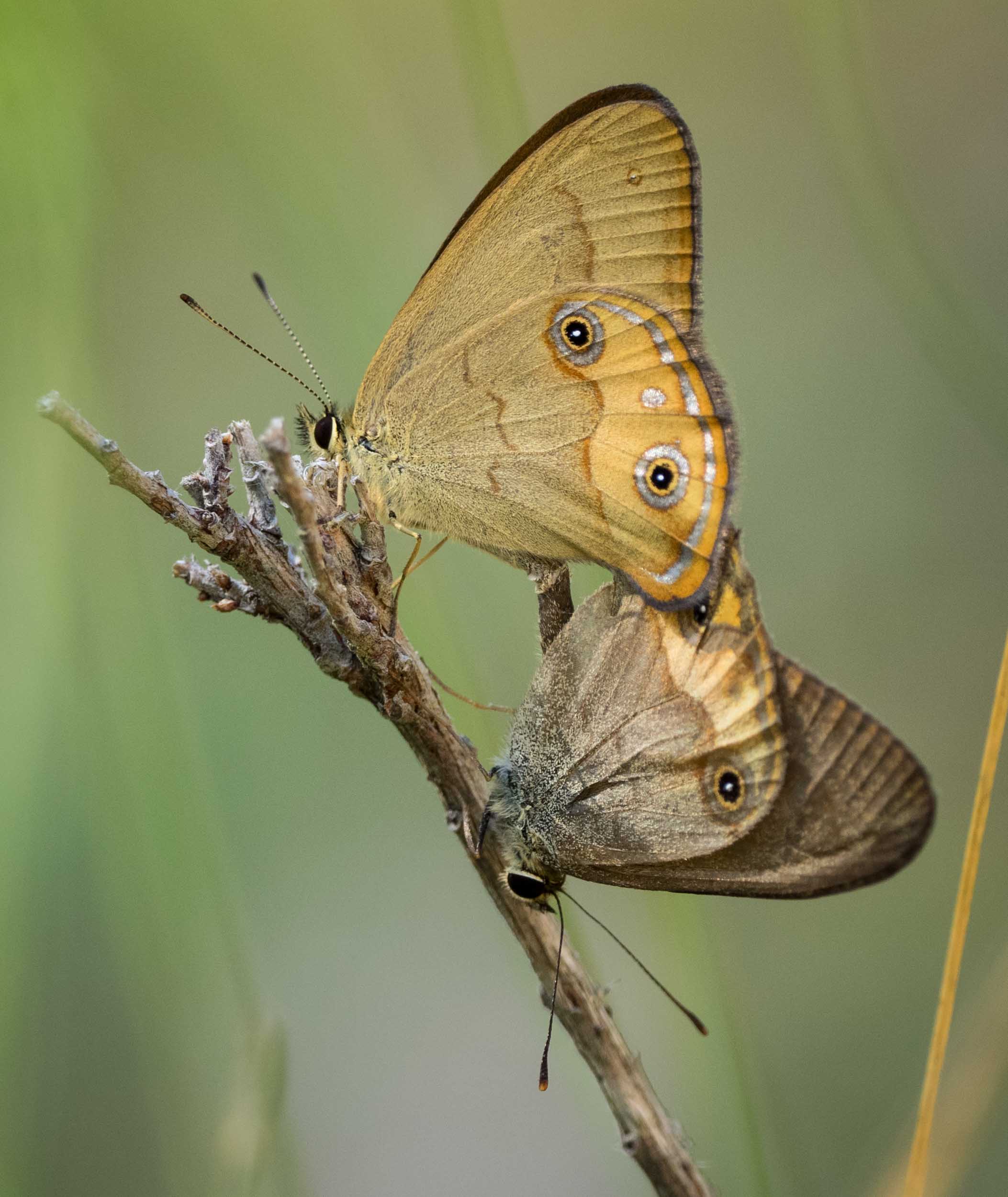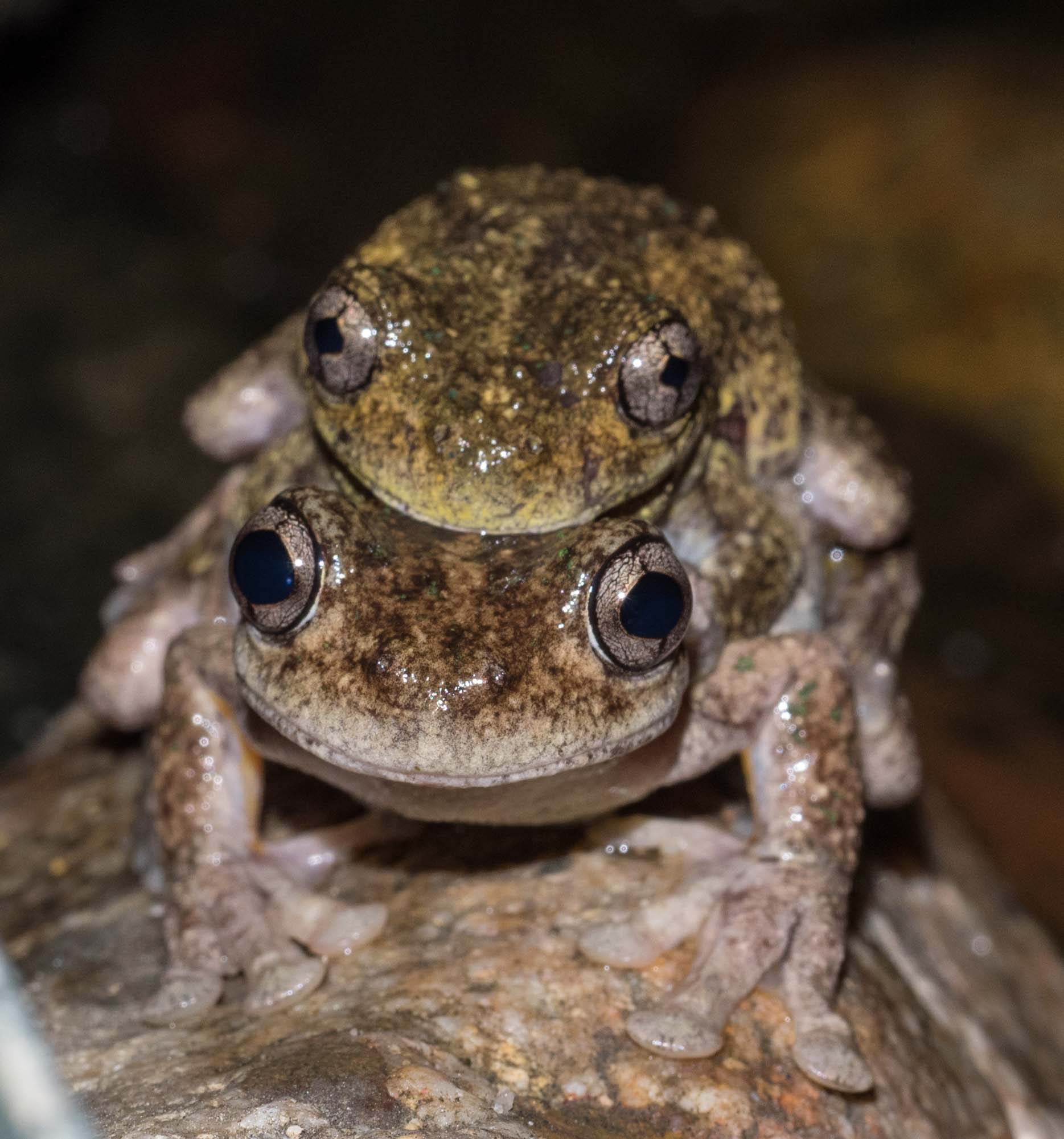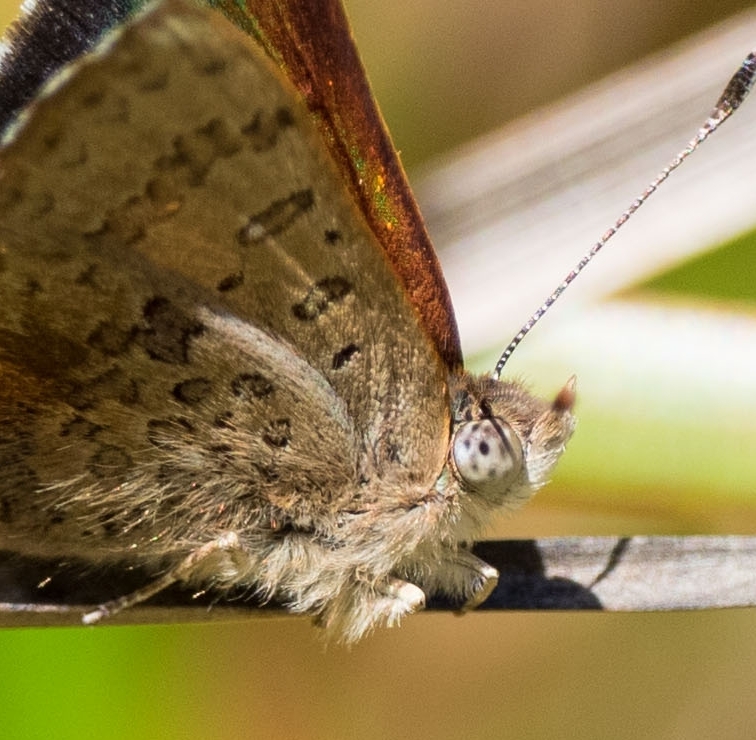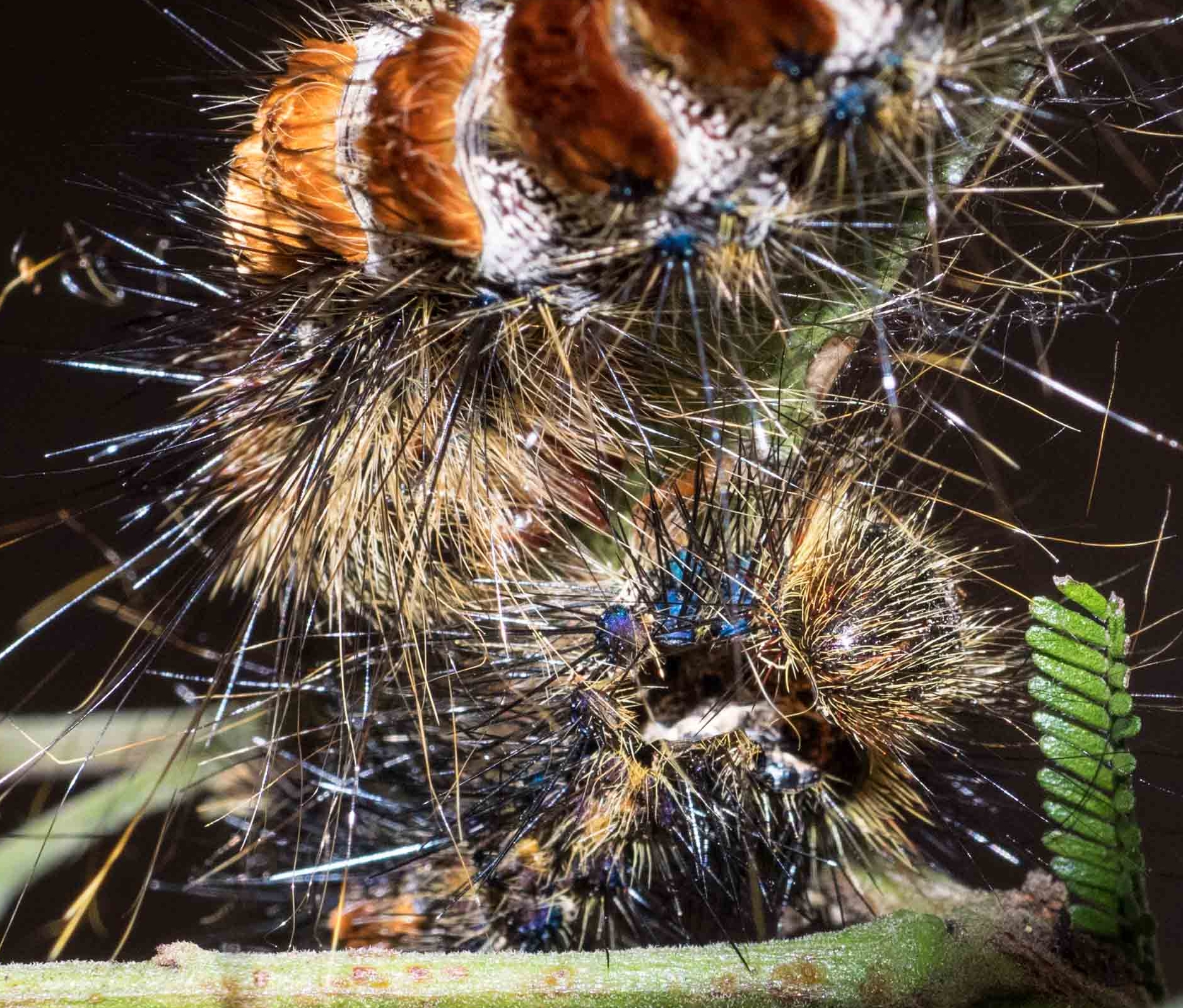Moth musings
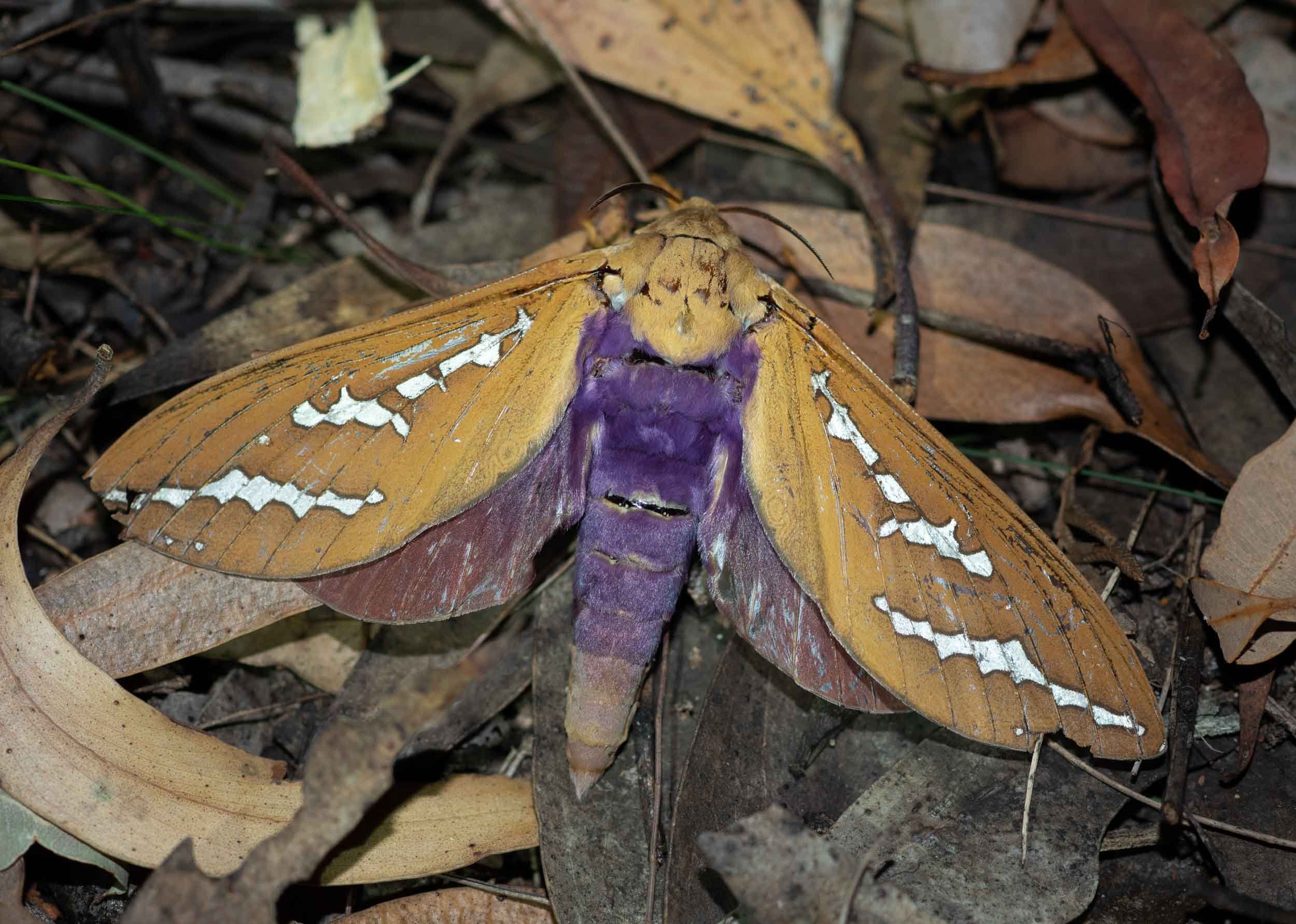
This blog is a ramble through the moth world, focussing on the features of these insects that keep me coming back for more.
All of the examples and photos are drawn from our southern forest.
Moths epitomise diversity
Moths rate highly on the scale of diversity, no matter how you measure it. That, in large part, accounts for my fascination with them. Here are several metrics for diversity.
Number of species
Lepidoptera (moths and butterflies) is the second most speciose order of insects, behind the beetles. There are an estimated 22,000+ species of moths in Australia, only half of which (10,877 at last count on the Australian Faunal Directory) have been formally identified. The butterflies are poor cousins to the moths in this regard, numbering only 448 species.
To put this into perspective, there are only 7885 known species of Australian vertebrates - fish, amphibians, reptiles, birds and mammals - combined. And unlike the moths, there are probably only a couple of hundred vertebrate species yet to be described.
We have recorded almost 500 moth species on our modest 4ha patch of native forest, underscoring the high level of diversity of this group of insects. This tally is certainly incomplete, as every time we do a light sheet (monthly on the new moon), we find several moths we’ve not sighted before.
You can view all of our home Lepidoptera (which includes our 35 butterfly species) on this iNaturalist page.
Diversity of wings
Wings are the heart and soul of a moth or butterfly. They display their wings prominently both in flight and at rest. There is an extraordinary diversity of wing shape, colour and pattern across the Lepidoptera. You can generally identify a moth to the species level just by looking at its wings - something that can be said for almost no other insect.
It’s one of the main reasons why AI, such as the computerised image recognition system used by iNaturalist, is so good at identifying moths.
This gallery of 21 of our forest moths provides a striking illustration of wing diversity. Admire the diverse shapes, colours and patterns of these wings. Some folk think moths are drab. I beg to differ.
Note, too the different ways the wings are held by the moths. Some are thrust out sideways, flat on the substrate. Others are held close to the body, to form a shape like a roof or tunnel. Yet others, like those of the Plume Moth (last moth in this gallery) are so strange as to defy description.
Major differences can be seen even in closely related species - the first 7 moths in this gallery belong to the same family, Geometridae.
Why this great variation in moth wing form and patterning? There are probably many answers to this question, some of which are discussed by Zborowski and Edwards (2007).
Wing shape is in part driven by the physics of flight. The relatively narrow wings of Hawk Moths enables them to beat their wings faster.
Camouflage is clearly a major reason for wing patterning in something as relatively defenceless yet tasty as a moth. A moth can fly away if threatened but it pays to avoid being noticed in the first place.
Many moths from the family Geometridae rest flat on the forest floor during the day with their wings spread wide open, as seen in the following gallery. Their wing colouration and form blends perfectly with the surrounding dead leaves and other debris. They give themselves away only when they mistake our house walls for habitat!
The next panel shows a range of wing shapes and patterns of moths from 3 different families. Short of reading a bird’s mind, we can’t be sure how the wings provide camouflage. But these are some reasonable guesses.
Another strategy is to go on the offensive and scare off a predator such as a bird or lizard with wing spots resembling large mammal eyes. The Helena Gum Moth adds an element of surprise by suddenly opening its forewings to expose a second pair of big scary eyes on its hindwings.
Day flying moths, of which there are many, often gain protection by carrying chemicals in their body which make them distasteful to a predator. These toxins - typically pyrrolizidine alkaloids - originate from plants eaten by the larva from which the adult moth develops (Common, 1990). The adults advertise their toxicity with a common signal in the animal world - red, orange, black or white spots on a high contrast background. It’s a red flag - both literally and metaphorically!
This practice is particularly widespread in moths of the sub-family Arctiinae of the Erebidae family, several examples of which from our home moths are shown below.
Diversity in larval lifestyles
Great diversity is also seen in the lifestyles adopted by moth larvae - where they feed, what they eat, how they take refuge from predators. The larva is the developmental stage in which moths spend the great bulk of their lives, so there is strong selective pressure to get it right.
Caterpillars are almost all herbivores. The range of food plants used across the order Lepidoptera is very broad, encompassing virtually the entire plant kingdom (and extending to fungi in a few cases). However, a given species generally accepts only a limited range of plants and particular parts of those plants - be that leaves, flowers, fruit, seeds, branches, bark, trunks or roots.
Diet therefore largely determines exactly where in the forest a caterpillar lives. In many cases that ecological niche will be quite small and restricted. It follows that even in a modest-sized patch of forest like ours, there is room for many different moth species. With the proviso that the native vegetation is kept reasonably intact.
I’ve chosen several examples from our forest moths to illustrate diversity in larval lifestyles.
Life in the open - Double-headed Hawk Moth (Coequosa triangularis)
The most familiar situation - the archetypal caterpillar - is a larva living on the surface of a plant while consuming its leaves. The Double-headed Hawk Moth (family Sphingidae) provides a good example of this.
This is one spectacular caterpillar in size, colouration and body form! It’s hard to believe when you view these images, but it is actually very difficult to spot on its food plant. The colour, pattern and shape enable it to melt into the background. Larvae, like adult moths, often use camouflage to good effect.
We observed this larva feeding during the day on leaves of a tall Geebung bush, Persoonia levis. But several other genera in the Proteaceae family have been recorded as food plants, including Banksia, Grevillea, Macadamia and Stenocarpus (Common, 1990).
Coequosa triangularis supplements its excellent camouflage with a threat tactic. Its rear end is shaped like a head, and bears a black eye-shaped spot - hence the “double-headed” bit - designed to either confuse or scare predators. It certainly fooled me!
We managed to rear one of these caterpillars through to adulthood in our “buddy tank”. You can read about the developmental changes it underwent in Kerri’s blog. The adult moth is as stunning as its larva!
Life in a folded leaf - Eucalyptus Leafroller Moth (Strepsicrates macropetana)
Living and feeding in the open works for many caterpillars. But other species adopt a more cautious lifestyle, constructing a protective shelter from the foliage of their foodplants.
The Eucalyptus Leafroller Moth (family Tortricidae) folds back a eucalyptus leaf and secures the fold with silken threads. It emerges from this refuge periodically to feed on the surface of the leaf or on nearby buds or flowers. The leaf suffers from this feeding activity and eventually browns and dies. The caterpillar then simply moves onto another leaf and constructs a new home.
I discovered caterpillars of this species on epicormic branches of burnt eucalypt trees a few months after the January 2020 bushfire. The vegetation was showing obvious signs of this feeding activity.
I removed one of these folded leaves to expose the caterpillar within and reared it through to the adult moth stage. This enabled me to positively identify it as Strepsicrates macropetana. Larvae of closely related species of moths can be almost indistinguishable, so this is often the only way to nail the identification to species level.
I have sighted this small moth on several occasions - on our bedroom window screen, light sheets and nearby tree trunks on moth viewing nights.
This refuge in a folded leaf strategy provides only partial protection from predators. This Satin Bowerbird was having good success foraging on the epicormic growth on the day I discovered the Eucalyptus Leafroller caterpillars. Ecology in action - a predator limiting numbers of a herbivore that might otherwise compromise growth and survival of its host plant.
Life between a pair of dead leaves - Concealer Moths
One of the most unpromising looking places is actually choice habitat for many caterpillars in the family Oecophoridae (Concealer Moths). These larvae bind together two dead eucalypt leaves on the forest floor with silk. They wriggle inside and set up home, venturing out to dine out on the surrounding dead leaves. Their refuge is light enough to transport around the forest floor.
These caterpillars are some of the only creatures that can digest dried eucalypt leaves, which occur predominantly on the surface of the leaf litter (Zoborowski and Edwards, 2007). Most other denizens of the forest floor favour green leaves, higher in nitrogen, found in deeper layers.
Consequently, oecophorid larvae play a key role in breaking down leaf litter. They may be small, but there are lots of them, so they do this job very effectively if left in peace.
Prescribed burning, which aims to decrease the threat of bushfires by removing leaf litter on the forest floor, kills all of these caterpillars, thereby eliminating a natural mechanism for preventing build up of leaf litter. A disturbing irony here.
Who are the concealer moth caterpillars that have adopted this lifestyle? Many different species in several genera are involved (Cocking et al, 2022). I don’t have any photos of the larvae, but the gallery above shows some adult oecophorid moths from our forest collection known to have larvae of this type.
Life under bark - Scribbly Gum Moths
One group of caterpillars live a very secret life - hidden beneath the bark of certain species of eucalypt trees. They spend their entire larval lives in that niche, feeding on the living cambium tissue lying beneath the bark, the outermost, dead layer of tissue of a tree. I have described this curious lifestyle in a previous blog.
The larva in question, one of several species in the genus Ogmograptis, takes a circuitous course as it chews through the cambium, growing and developing all the while (Horak et al, 2012). Its tracks only become visible much later when the tree sheds its outer ‘skin’ to reveal a new layer of bark that has developed from the cambium - an event that occurs well after the larva has vacated its home in the cambium and turned into a moth.
This is how the familiar ‘scribbles’ seen on the bark of certain species of eucalypt trees are made. The photo below shows an example on a piece of such bark we collected on our travels long ago.
None of the eucalypt species listed as known hosts for the moth Ogmograptis (Table 3 in Horak et al, 2012) is present in our forest, so we probably don’t have this species of moth.
However, the larvae of a group of related moths from the genus Tritymba, have been reported to feed in Angophora floribunda (Rough-barked Apple), a common eucalypt in our forest (Horak et al, 2012). These larvae inhabit a deeper layer of the cambium than Ogmograptis. Their tracks never break the surface and are visible only as swellings under the bark - so-called “ghost scribbles”. On a rough-barked tree like Angophora, which never sheds its bark, these scribbles can be seen only if the bark is first removed.
Our moth guru friend Glenn Cocking has identified two Tritymba species - shown above - on light sheets we’ve set up at home.
So there are probably ghost scribbles and their larval creators hiding somewhere under the bark of some of our Angophora trees.
Life underground - Ghost moths
Yet another way for a lepidopteran larva to remain safe from predators is to hide underground. This is the strategy adopted by several moths in the family Hepialidae - the Ghost or Swift Moths.
Caterpillars of the ghost moth genus Abantiades dig a vertical tunnel into the soil at an early larval instar stage. They remain there throughout the rest of their larval life - probably for a year or more - feeding on the outside of eucalypt roots. Some species subsist mainly on the callus tissue growing on the roots which was induced by earlier feeding (Cocking et al, 2022; Common, 1990).
The larvae only head for the surface when they’re ready to become an adult, making a vertical tunnel terminating just below ground level, within which they pupate. The adult emerges from the pupal shell, finds a mate and dies within a day or two. It doesn’t feed or drink at all in that time. Long larval life, very short adult life. It’s a common theme for moths and many other insects.
Larvae of the genus Oxycanus also have a similar subterranean life, but a different food source. The larvae come to the surface at night to feed on leaf litter. I have featured these moths in a previous blog.
The empty pupal shells of both Abantiades and Oxycanus are very distinctive structures. Large numbers can be found sticking vertically up above the soil surface after a rainy night in autumn. A synchronous emergence of adults occurs on these occasions because cool, moist conditions favour survival of the larvae hatching from their eggs.
Ghost Moths tend to be noticed by people - they’re big, many have a striking appearance and they can appear suddenly in large numbers. They are often mistaken for the iconic Bogong Moth, which is substantially smaller and rather drab. The photos below show the relative sizes of two species of Ghost Moths in comparison with the Bogong Moth.
Would you know a Bogong Moth if you saw one?
Life in a mobile home
Larvae of the moth family Psychidae (Case moths) construct a portable refuge in which they spend their entire larval and pupal life.
The case is made by the larva from silk and is adorned with a variety of plant materials - leaves, twigs or stems and in some cases sand particles. The basic design of the case is thought to be species specific, although the exact type of plant material used for the decorations can vary (Cocking et al, 2022).
Here are some examples of cases and their resident species we’ve seen in our forest.
The larva extends its front end from the case when it wishes to move around or feed, and rapidly withdraws it when it senses a threat.
This lifestyle provides good protection against predators. However, case moths are susceptible to parasitism from insects such as wasps (Cocking et al, 2022).
Kerri has recorded this happening. An ichneumonid wasp Sericopimpla sp. landed near a Hyalarcta huebneri larval case. She got into position and inserted her ovipositor into the case. She would have been injecting an egg into the body of the caterpillar inside. The wasp larva hatching from this egg feeds on the tissues of the unfortunate host.
So much for the larvae. What do the adult moths look like?
We have reared a Conoeca guildingi larva through to the adult stage on two occasions. We collected the first one on the flowering spike of the grasstree Xanthorrhoea concava and raised it on the same food source. The adult moth emerged from the pupal case 2 months after we had collected the larva.
The second larva of the same species was reared through to the adult stage on epicormic eucalypt foliage. So they’re clearly not very fussy eaters.
We are currently attempting to rear a Metura elongatus larva (shown in the first gallery of this section) through to adulthood, feeding it on the same plant material on which we originally found it - leaves of Acacia terminalis (Sunshine Wattle). It’s doing well to date.
We have found several species of adult psychid moths in our forest over the years, shown in the gallery below. (Note that these identifications are provisional).
We can be sure that all of these adult moths are males. The females of these and many other case moth species are flightless. They never leave the larval case after eclosing from the pupal shell (Cocking et al, 2022).
The male mates with the female by inserting his highly extensible abdomen into the opening of her case. She lays her eggs inside the case and the caterpillars lower themselves on silk strands through its lower opening (Common, 1990).
Moths and geography
An interesting trend emerged when I analyzed the distribution limits of the ~500 species of moths recorded in our forest. For 27 of these species, the most southerly iNaturalist record is either our own in Wonboyn or it was made around the Mallacoota area, just 35km south of us.
View a list of these species here and refer to the map below for the geography of this area.
Mallacoota and nearby places such as Genoa, Gypsy Point and camping sites in the adjacent Croajingolong National Park, have been intensively sampled by lepidopterists (a.k.a. mothers).
This provides confidence that observation data for these species indicate a real distribution limit - at least for those species for which there is a reasonably high total number of observations (say >20).
The following gallery shows several of the moth species in question, together with the number of iNaturalist observations at the time of writing.
It’s unclear why these moth species in particular should have southerly distribution limits in this region. What is different about the environment here to regions further south?
This area - Wonboyn to Mallacoota - is close to the southern limit of the IBRA biogeographic subregion, SEC02, as shown on the adjacent map. (Click here to see a map of all IBRA subregions).
These biogeographic areas are defined by a range of parameters, including geology, landform patterns, climate, ecological features and plant and animal communities.
IBRA subregions in the southeastern corner of the continent.
Apparently, a difference between the subregions SEC01 and SEC02 in one or more of those factors limits the southerly distribution of the 27 moth species listed above. What that difference or differences are remains to be elucidated.
References:
Cocking, G., Bond, S. and Edwards, T. 2022. Moths in the A.C.T. Publisher Glenn Cocking.
Common, I.F.B. 1990. Moths of Australia. Melbourne University Press.
Horak, M., Day, M.F., Barlow, C., Edwards, E.D., Su, Y.N. and Cameron, S.L. 2012. Systematics and biology of the iconic Australian scribbly gum moths Ogmograptis Meyrick (Lepidoptera: Bucculatricidae) and their unique insect-plant interaction. Invertebrate Systematics 26, 357-398.
Zoborowski, P. and Edwards, T. 2007. A Guide to the Australian Moths. CSIRO Publishing.





































































































